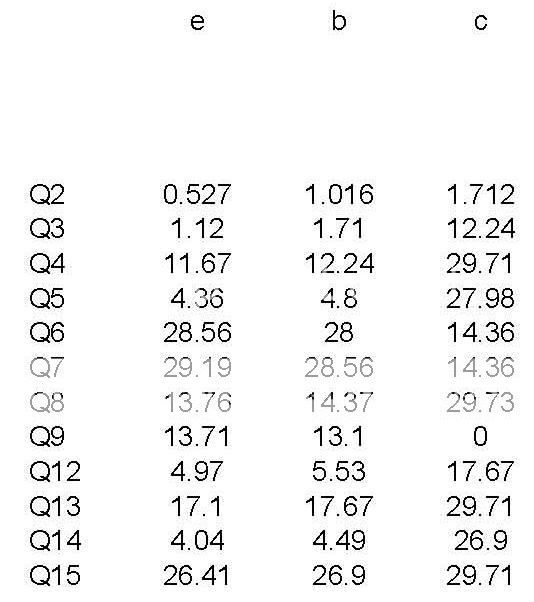gswan
Well-known member
[quote author="Siegfried Meier"]None of the shields are connected to both ends. I've very strictly followed Mnats wiring diagram instructions. 22 is shielded already, as shown in the wiring guide. I was inquiring about 20 and 21, which are just stranded and not shielded. I assume those are ok. What else to try?[/quote]
20 and 21 both carry a DC -ve offset voltage for the compression ratio. Does not really need to be shielded unless you are in a particularly noisy environment.
20 and 21 both carry a DC -ve offset voltage for the compression ratio. Does not really need to be shielded unless you are in a particularly noisy environment.














![Soldering Iron Kit, 120W LED Digital Advanced Solder Iron Soldering Gun kit, 110V Welding Tools, Smart Temperature Control [356℉-932℉], Extra 5pcs Tips, Auto Sleep, Temp Calibration, Orange](https://m.media-amazon.com/images/I/51sFKu9SdeL._SL500_.jpg)









